Union Pacific spokesman Justin E. Jacobs tells Trains News Wire there were 95 cars on the train and about 37 cars derailed.
“An undetermined number of cars are in the Floyd River, but it could be around 20 [cars],” he says.
The train was carrying sand and soybean oil and none of the cars were carrying hazardous materials. An undetermined amount of sand was released into the river. No injuries were reported.
The cause of the derailment is under investigation, but Jacobs says recent flooding may have been a factor.
Heavy rains have plagued northwestern Iowa since last week, prompting Union Pacific to halt rail traffic in the area of the derailment just days prior. On Sept. 21, the railroad issued a customer advisory stating it had stopped rail traffic between Sioux City, Iowa, and Alton due to washouts and water across the right-of-way.
According to U.S. Geological Survey data, the Floyd River in Alton peaked at 21.93 feet last week during UP’s traffic embargo, but as of Sunday morning’s derailment, waters had receded to about 14 feet, which was still above flood stage.
It is not yet known when rail traffic will resume on the line.





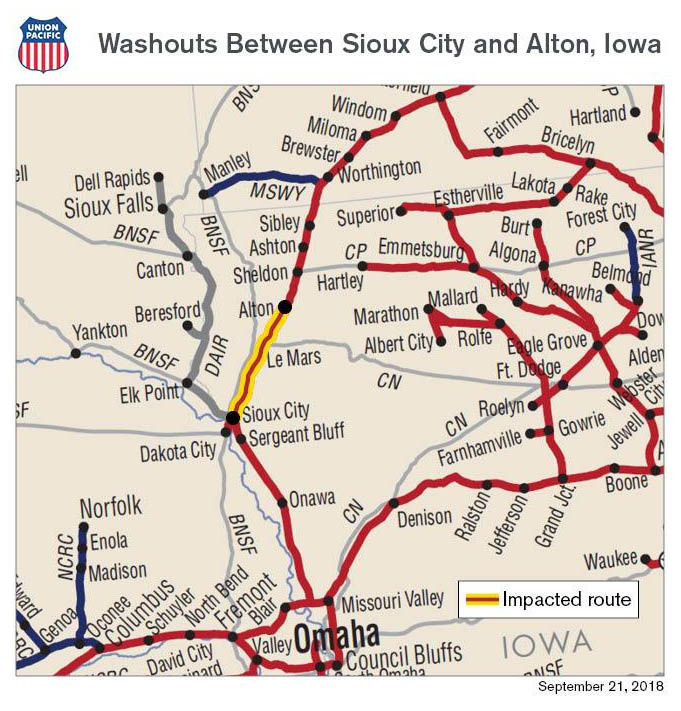

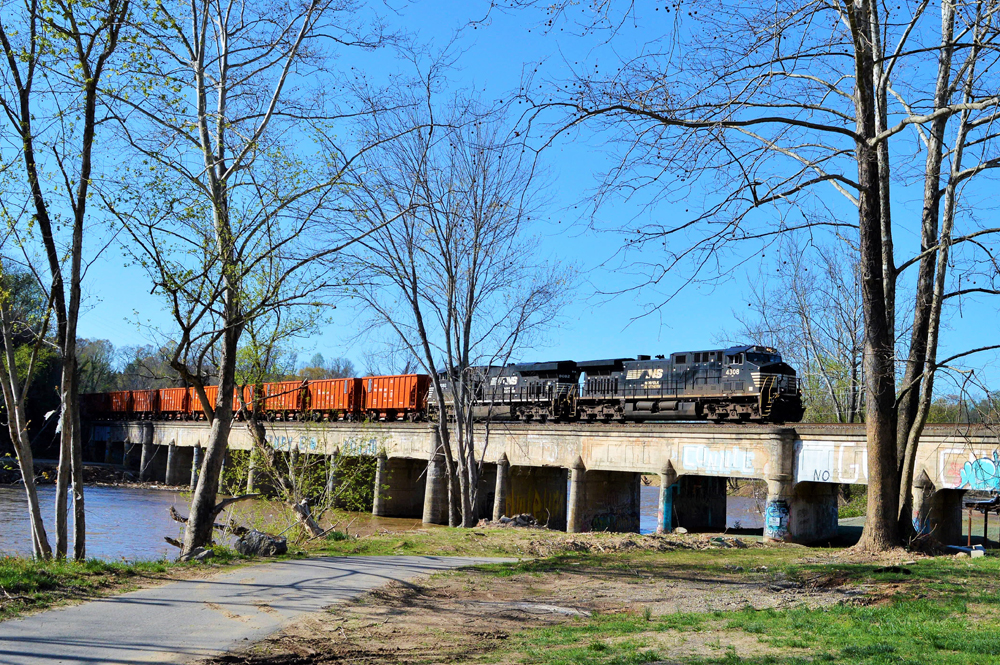
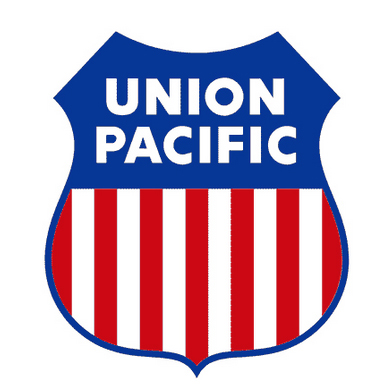
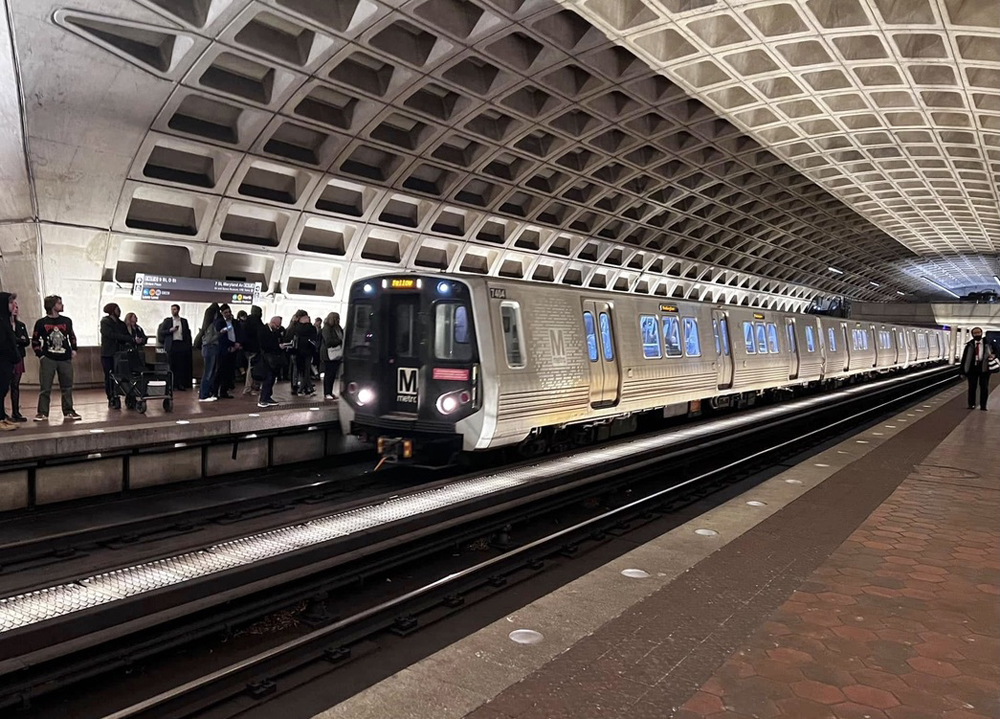
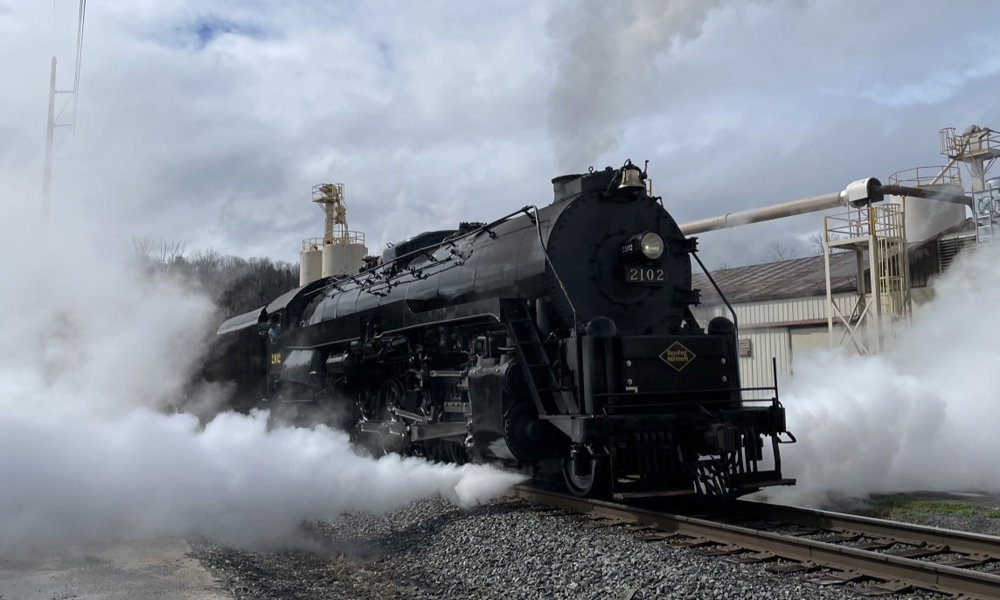




Do you need the old railroad “big hook” to clean up that mess on the bridge itself?
There are many considerations in modern bridge design today, scour is just one. Bridge afflux is another, hydrodynamics, debris collision tolerance, aggradation, spread footing foundation use, just to name a few. Was the Floyd carrying more debris or silt than usual? Was the bridge designed for a 100 year flood with a 200 year flood tolerance or something less?
As Mr. Lampman alluded to, scour is considered one of the leading causes of railroad bridge failures and should be considered a possible cause in this case. As Michael mentions as well, scour is difficult to detect during the very same flood conditions that cause the greatest amount of scour. There are technologies that can be used to detect scour but they are expensive and not widely implemented so their effectiveness is not fully demonstrated. If proven to be scour, more failures like this will push the development of scour detection technologies driving the cost down and improving the effectiveness.
A bearing failure from flood lateral loads on a span is a far less likely scenario. It can’t be dismissed outright, but sliding of bearings from lateral flood loads is far less common than people believe.
Checking for scouring undermined piers in a flood is incredibly difficult. It’s only slightly safer under normal flow. Cue up the calls for no bridge use in flooded areas in three…two…
This is only about 30 miles from the site of a bridge collapse and derailment on the BNSF line in Doon, IA a few months earlier. Different line and different river, but the railroads are not making any friends with the locals already affected by flooding this year.
Chris Webster,
Look at the fencing, it doesn’t even look out of place, and based on your speculation there would be some flexing in the wire fence. Also, you even mention the water passing under the concrete spans while bumping up against the steel girder span, that only signifies the steel girder has a depth than that of the flood waters…keep in mind the water is still flowing underneath the girders as well. There’s probably more to it that we don’t see and won’t know until the flood waters completely recede and a thorough investigation is completed.
Michael, the last photograph in the photo gallery attached to this article:
https://www.wowt.com/content/news/Union-Pacific-train-derails-on-bridge-in-Iowa-494077121.html
shows the bridge before the collapse. The photograph shows floodwater pushing against the bottom of a steel girder span.
Based upon that photo, I’ll speculate that the floodwater pushed that steel girder span off its bearings and/or moved it (and the track on it) out of alignment with the adjacent concrete beam spans. Notice how the floodwater was passing under the concrete spans while pushing against the steel span.